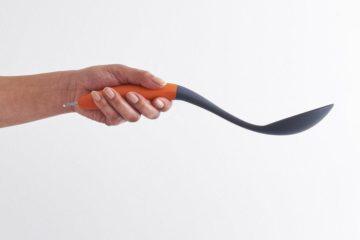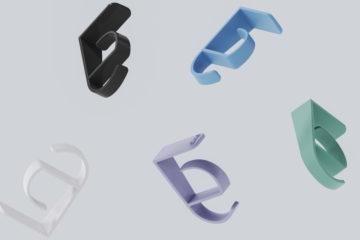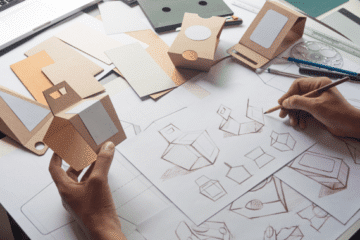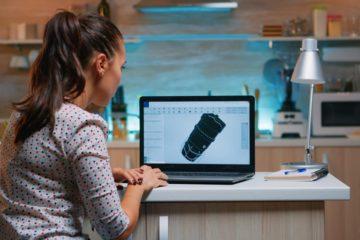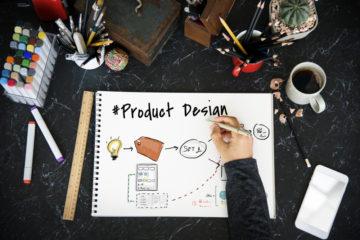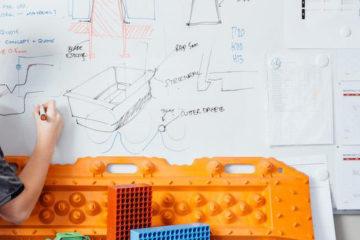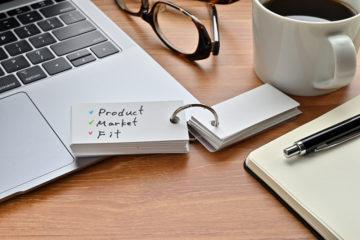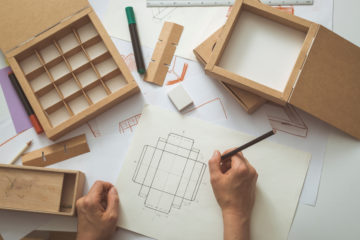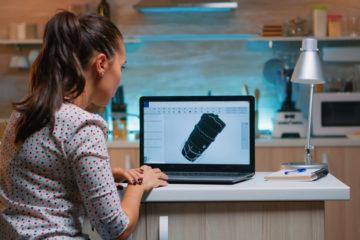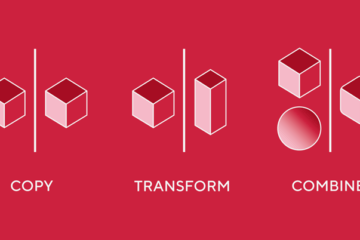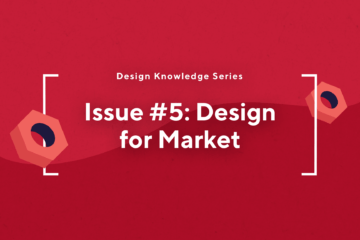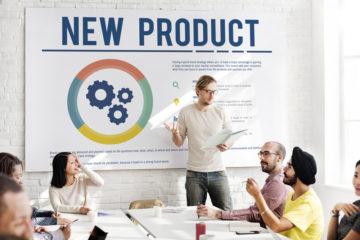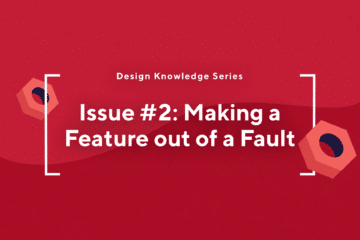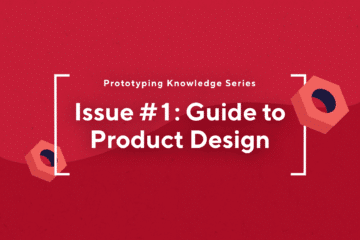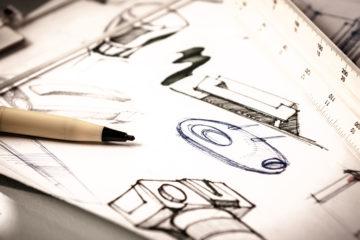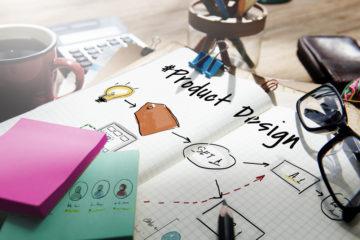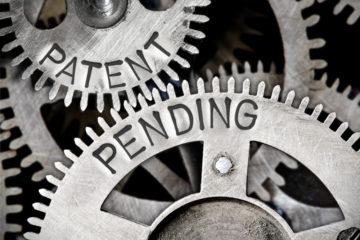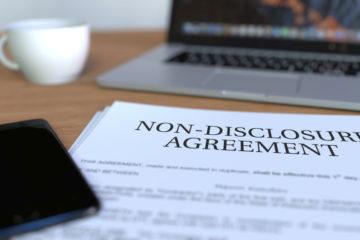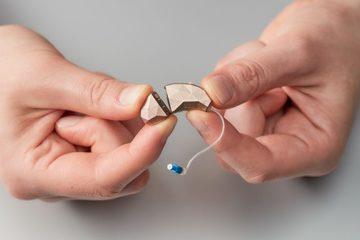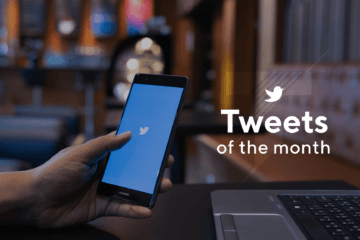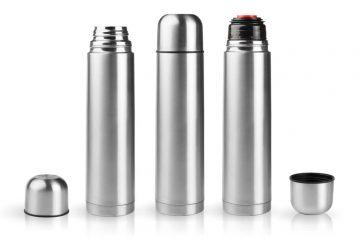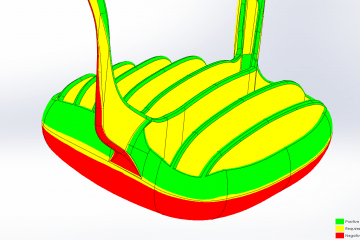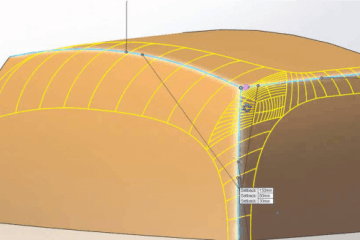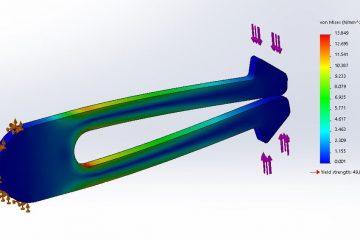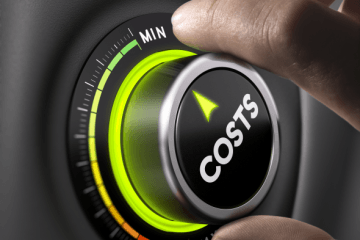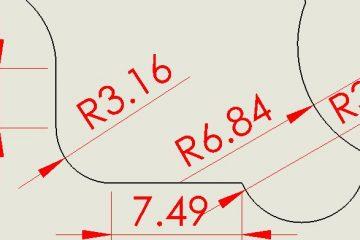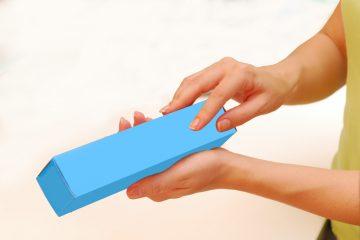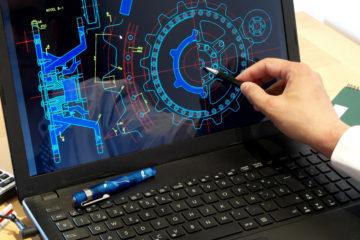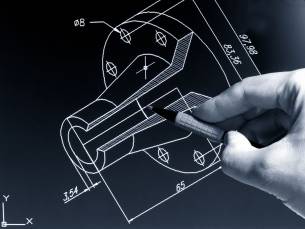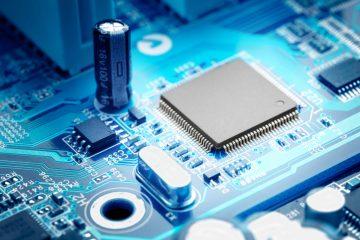If you are interested in product design and the overall design process, you are probably already aware that there is far more to the process than simply creating an object. This process involves a great deal of creativity as well as the ability to look at a problem from a non-linear perspective.
If you are up to the challenge, we have collected seven tips that can help you create a more efficient design process:
1. Why Are You Designing This Product?
Asking this question is the first vital step in the design process. You need to fully understand why you are creating the desired product, the problem for consumer that you hope to address by creating it, and how specifically it will solve that said problem.
2. Let’s Define Your New Product
The next important step in the design process is defining your product in a very specific way. You need to have a clear picture in your mind regarding what the product is going to be used for and who is going to be using it. Also, you need to consider what specific design features are necessary in order to make the product a complete success.
For example, are your users eco-friendly conscious or are they more concerned about price? Are they searching for high end products they can count on or a cheap disposable product? These are the questions you need to answer before you start the design process.
3. Go Big!
Brainstorming is a big part of any creative process and the same is true for product design. During this step in the design process you want to ignore and eliminate all judgement and criticism, this is all about creating new and innovative ideas; realistic thinking comes later.
4. Pick A Few Idea And Go With It
After the first 3 steps, you now should have at least a dozen different ideas before you. Go back through the notes you’ve made and choose 2-3 different ideas to focus on.
5. Create A Rough Sketch
Now that you have chosen a few ideas, you can begin drawing sketches and getting a more 3-dimensional feel of your product. Hire a professional if you don’t have the necessary skills.
6. Create A Prototype
Now it’s time to create a prototype. During this stage of the process you should take the opportunity to correct any functional or visual problems your prototype may contain. There is no better time than during the design process to find mistakes. Be honest with your work during this stage.
7. Start To Build
After you have completed all your brainstorming and prototype work, you should have a product for your chosen market. Now, compile a materials list and begin experimenting with different options. For example, does it make sense to create your product through plastic injection moulding ?
The product design process can feel overwhelming in the beginning, but if you follow these seven steps you will find the stress eliminated and the creative process enhanced.
Subscribe to Our Newsletter
Get the latest news from Dienamics into your inbox





